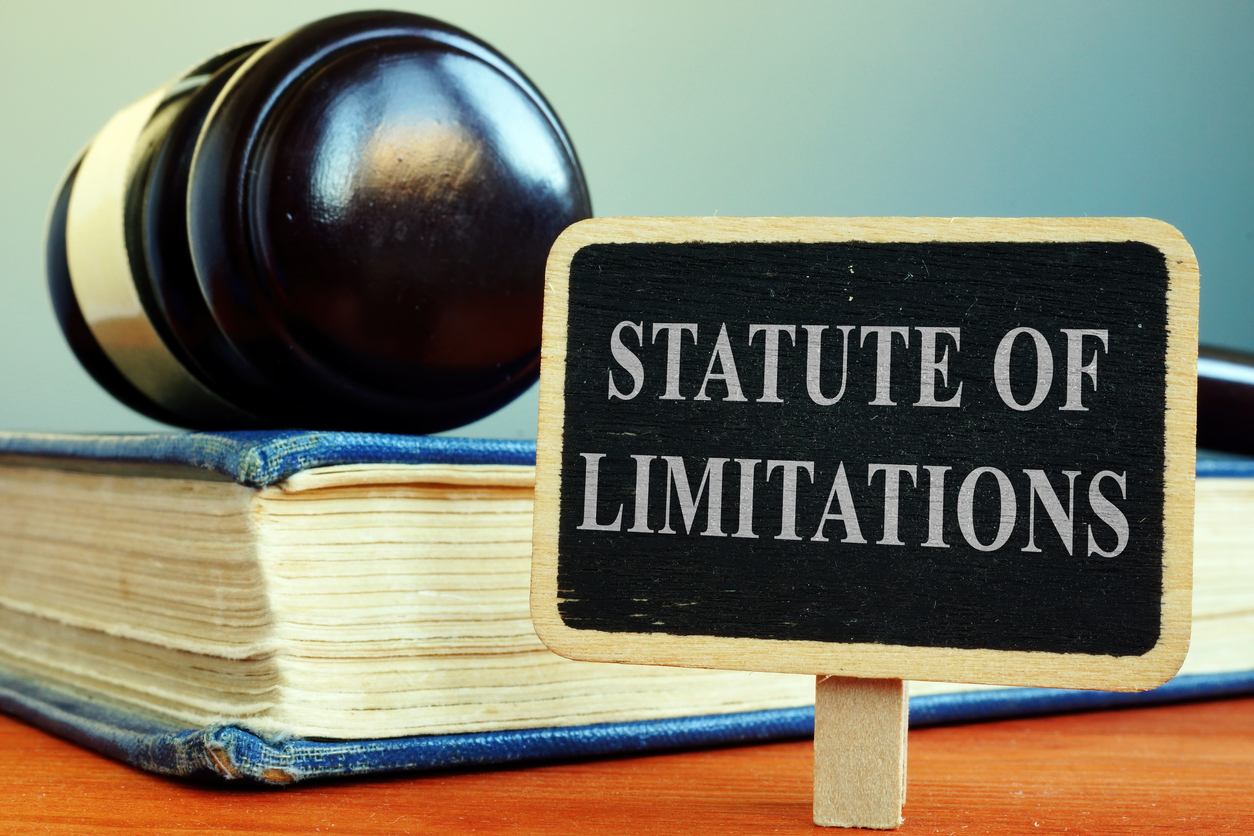Policyholders should always check their duties after loss, when the proof of loss is due and when the deadline is to file a lawsuit. It is hard to provide a notice of loss, much less file a lawsuit, if you are unaware that a loss happened but was not discovered. This is a frequent issue in hailstorm losses.
An example is a recent federal case out of Kentucky.1 The relevant facts pled in the lawsuit were:
On April 25, 2015, a severe storm event (involving large hail) struck the Insured Premises causing substantial damage (the ‘Loss’). As a result of the Loss, the Insured Premises suffered immediate direct physical loss/damage, including but not limited to, damage to the roof, HVAC coils, other exterior components, etc.
The roofing system and other exterior components of the Insured Premises were in good condition prior to the Loss.
After the Loss and despite due diligence, the Plaintiffs were unaware that the Insured Premises had been damaged as a result of the storm that caused the Loss. Upon discovery of the Loss, notice of the Loss was promptly reported to Secura by a Notice of Loss dated May 11, 2020.
The insurance company argued that the Statute of Limitations had passed. The policyholder’s counsel made a clever argument in an attempt to avoid the statute of limitations:
Based on Kentucky law, Creative Packaging’s cause of action for breach of contract did not accrue until Secura, a foreign insurer, improperly denied its claim (which constitutes the breach of contract). As such, the breach of contract action brought by Creative Packaging against Secura did not accrue under KRS § 304.14-370 until June 15, 2020 (the date of denial). This is because, for purposes of ‘accrual’, a breach of contract could not have occurred until Secura denied the claim. Importantly, the ‘accrual’ language found in KRS § 304.14-370 trumps the ‘date of loss’ contractual limitations language found within the applicable insurance policy.
. . . .Because the instant lawsuit was filed on February 24, 2021, it was filed less than one (1) year after the cause of action accrued.”
The federal district court found that the statute of limitations had passed. The judge first noted the applicable policy language:
LEGAL ACTION AGAINST US
No one may bring a legal action against us under this Coverage Part unless:
1. There has been full compliance with all of the terms of this Coverage Part; and
2. The action is brought within 2 years after the date on which the direct physical loss or damage occurred.
The judge then quoted applicable Kentucky statutory law:
KRS § 304.14-370 provides:
No conditions, stipulations or agreements in a contract of insurance shall deprive the courts of this state of jurisdiction of actions against foreign insurers, or limit the time for commencing actions against such insurers to a period of less than one (1) year from the time when the cause of action accrues.
Analyzing the situation, the judge then noted that:
From a public policy perspective, ‘Kentucky has a policy favoring the shortening of the limitations period.’ Barjuca v. State Farm Fire and Cas. Co., 2013 WL 6631999…(citing Webb v. Kentucky Farm Bureau Ins. Co., 577 S.W.2d 17, 18 (Ky. App. 1978)). ‘Kentucky law has long recognized the validity of insurance contract provisions requiring as a condition to sue that the action must be commenced within the time specified by the policy.’
The court also disagreed with the policyholder’s argument about the late discovery, stating in part:
While Creative Packaging argues that they ‘reported the Loss on May 11, 2020, as promptly as possible upon discovery,’ this discovery was not made until more than five years after the hailstorm event. Creative Packaging characterizes the storm as ‘a severe storm event’ that included ‘damaging hail.’… And yet, curiously, despite this characterization of the storm that hit the property, the record is devoid of evidence that Creative Packaging made any attempts to inspect their property for damage until more than three years after the time period for suit provided in the contract had expired. It is common knowledge that a hailstorm can damage property, and the damage would have been discoverable by having someone check the roof after the storm.
The problem with the last reasoning is that any thunderstorm or hailstorm can potentially cause enough “damage” to warrant the repair of the roof and filing an insurance claim. Unless there are leaks, holes in the roof, or missing pieces of the roof discovered, most policyholders do not know what wind and hail damage looks like. An insurance company forensic vendor, HAAG, even teaches property insurance adjusters what wind and hail “damage” indicators look like. Insurance commissioners have even picked up on the idea that many policyholders do not realize they have damage to their roof following hailstorms, as noted in Should Late Notice of Windstorm and Hail Claims Be a Valid Defense When the Insurer Is Not Prejudiced?
So, what is the lesson from today’s blog?
- Policyholders should always check their duties after loss, when the proof of loss is due, and when the deadline is to file a lawsuit.
- Kentucky allows for a shortened statute of limitations, which can be as soon as one year.
Thought For The Day
You can’t win the Kentucky Derby unless you’re on a thoroughbred.
—Joe Torre
_______________________________
1 Creative Packaging Co. v. Secura Ins., No. 3:21-cv-00015 (E.D. Ky. April 12, 2022).




